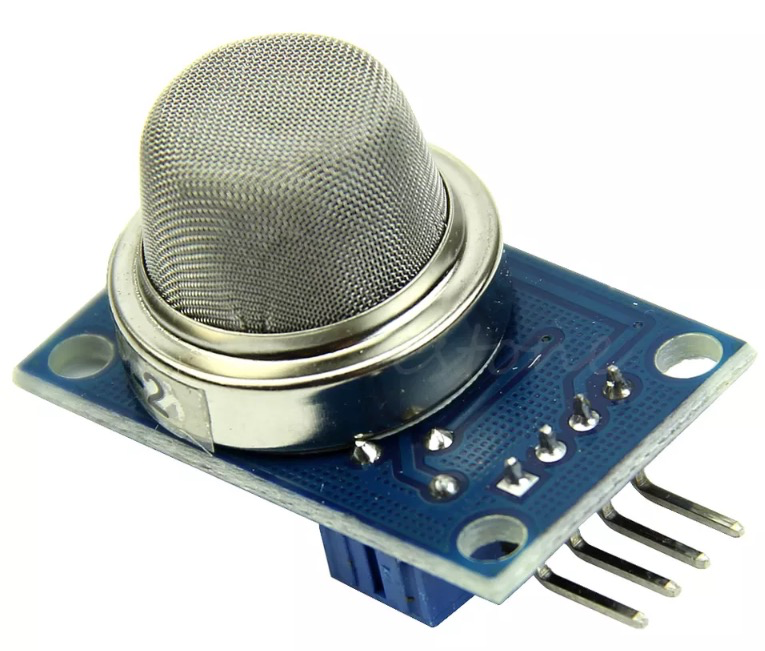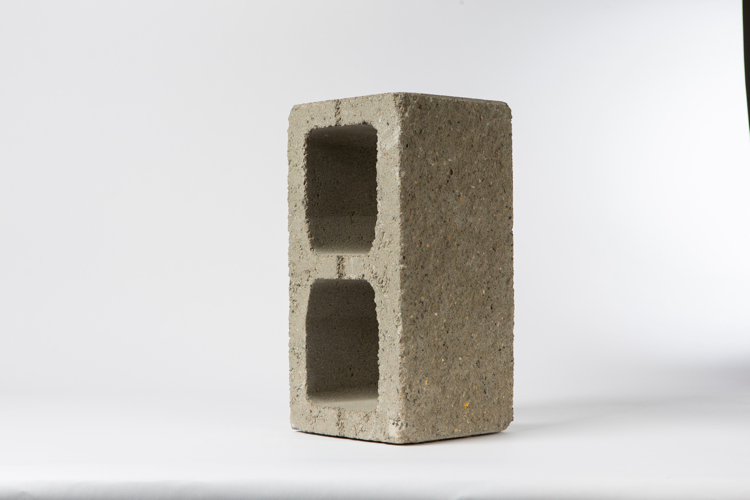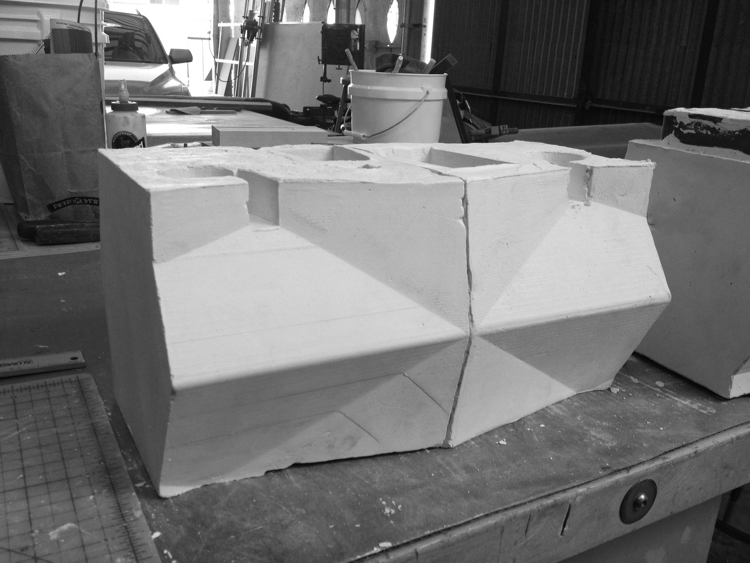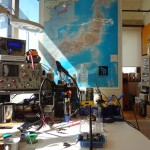Solutions for a more breathable future
Published 9 January 2017 by Nicolas Barrial
Pollution peaks are multiplying in Paris, Chamonix or Beijing. Their health consequences are scary: thousands of dead, reduced life expectancy… While we wait for a hypothetic international mobilization, prototypes are already making pollution and solution rhyme.
Pollution kills more than the flu and there is still no vaccine. The Chinese have already anticipated the problem; they shut themselves up at home or go out with masks. Alternate traffic circulation, anti-pollution masks… How does one devise responsible attitudes accessible to all? By sharing one’s information on the level of fine particles in the air, by equipping oneself with scarves and masks filtering pollution… A new trend, initiated by the Chinese artist Brother Nut and his pollution brick made from the air of Beijing in 2015, considers pollution as a raw material. Prototypes and new uses to learn to live with pollution.
Pollution in Beijing on January 2, 2017 (20mn in 12s), by Chas Pope:
An air quality index for all and by all
Founded in 2015 by Romain Lacombe, the French start-up Plume Labs proposes to measure pollution indexes on the bottom up model, i.e. by individuals themselves, to complete the top down models of associations like Airparif. In 2016, Plume Labs seduced Londoners with Pigeon Air, a patrol of pigeons equipped with sensors that mapped the air pollution in real time. At the beginning of the year, the start-up went to the CES Las Vegas, from January 5-8, 2017, to get people talking about Flow, its connected and portable sensor measuring the air quality in the house, outside or in transports. And came back crowned with a CES Innovation Award 2017.
Presentation of the Plume Labs Flow sensor:
Even though Plume Labs, Speck or still Tzoa offer turnkey solutions to follow the air quality, DIY sensors like those of the MQ modules,series allow you make your own system for several euros. They are capable of distinguishing different types of gas and can be combined with Arduino cards to process the data.
In order to avert the dangers of relying on inaccurate data, the American agency for the protection of the environment (EPA) made a resource pool available to the public in 2015, the Air Sensor Toolbox, for the production of DIY analysis systems.

2017, year 1 of anti-pollution clothing
When she founded Wair in 2015, Caroline Van Renterghem relied on the assessment that if the environment changes, particularly through the degradation of air quality, clothing doesn’t change. In order to fix this paradox, Wair proposes a range of anti-pollution scarves. Its scarves and neck warmers are equipped with a foam mask that assumes the shape of your face and filters 99% of pollutants (micro particles, pollens, gases and bacteria) and connects to an application. Wair came out victorious from its crowdfunding campaign on Ulule in 2016 (€34,666 collected compared to an objective of €15,000) and was part of the French Tech delegation at the CES at the beginning of 2017. The scarf is available for pre-order (from €65 to €105 according to the models) for delivery in spring.
Presentation of the Wair anti-pollution scarf:
Pollution, the new black gold?
Graviky Labs founded by the Indian engineer Anirudh Sharma developped Kaalink, a device you fix on the exhaust pipe of a vehicle to turn emissions of fine-particles into printing or painting ink and the Air-Ink. Developed as soon as 2014 at the MIT Media Lab, this new “black gold” as Anirudh Sharma calls it, composed of carbon, is purified by a chemical process. During the summer of 2016, a campaign in Hong Kong to popularize Air-Ink mobilized graffiti artists to turn pollution into a tool to make the city look nicer. The Air-Ink markers and pens, depending on their thickness, use 30 to 50mm particle emissions from a car for 30ml of ink.
Air-Ink presentation:
CO2 sustainable concrete
The American company Solidia Technologies imagined replacing water with CO2 to produce cement. Result: the production of this sustainable cement reduces carbon emissions up to 70% and the water that comes in the process is recyclable between 60 and 100%. What’s more, the process improves the quality of the cement. The French are in the game since Air Liquide went into partnership with the start-up in 2016 to develop and deliver the CO2 injection system that will be distributed in France by the Lafarge group. A double hit for Air Liquide that will also be the exclusive supplier of the carbon dioxide used in the technologies patented by Solidia.

The brick that sucks up pollution
The systems filtering air inside buildings are cumbersome and have a high energy consumption. Based on this observation, Carmen Trudell, assistant teacher at the Cal Poly architecture school in California, developed Breathe Brick, a brick designed according to the principle of the cyclonic vacuum cleaner. Harmful particles are pulled away by a distribution of cavities and finish in a channel at the base of the wall. It needs to be emptied after several months. The system that eliminates 30% of pollutants and 100% of dust is inexpensive and is intended for emerging countries where there is frequently a lack of environmental rules.


